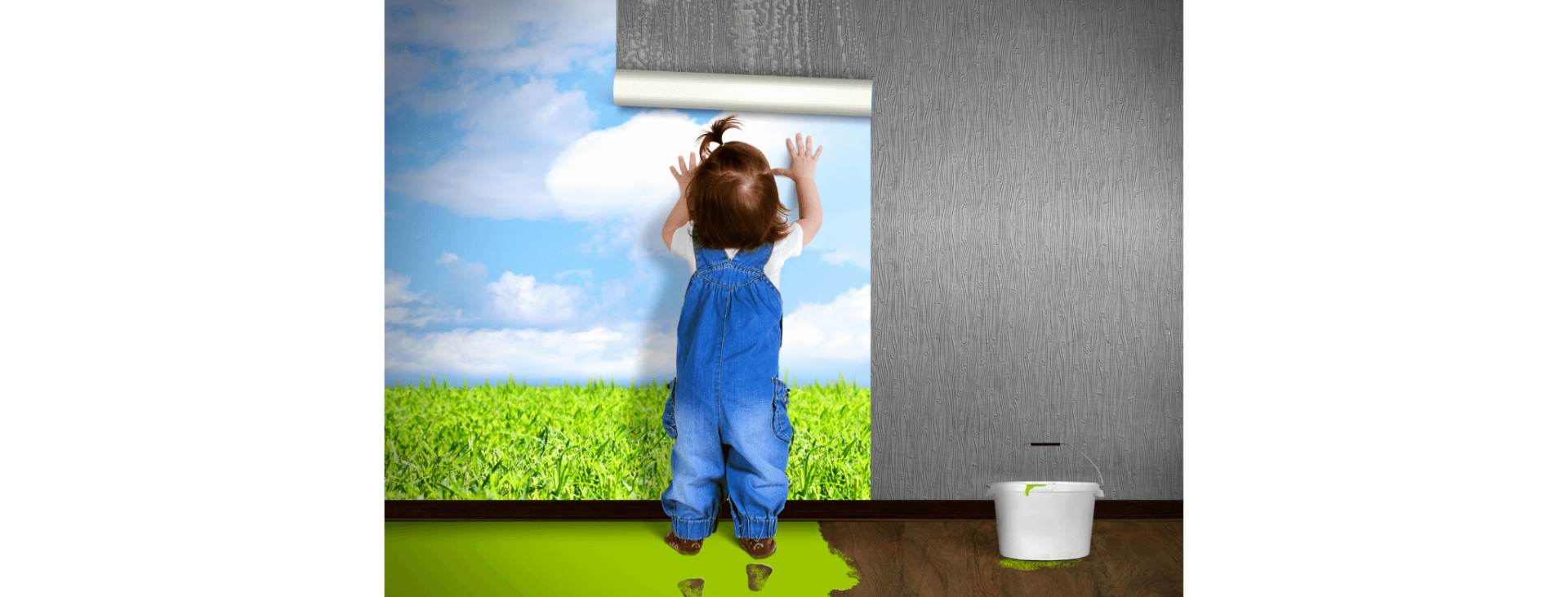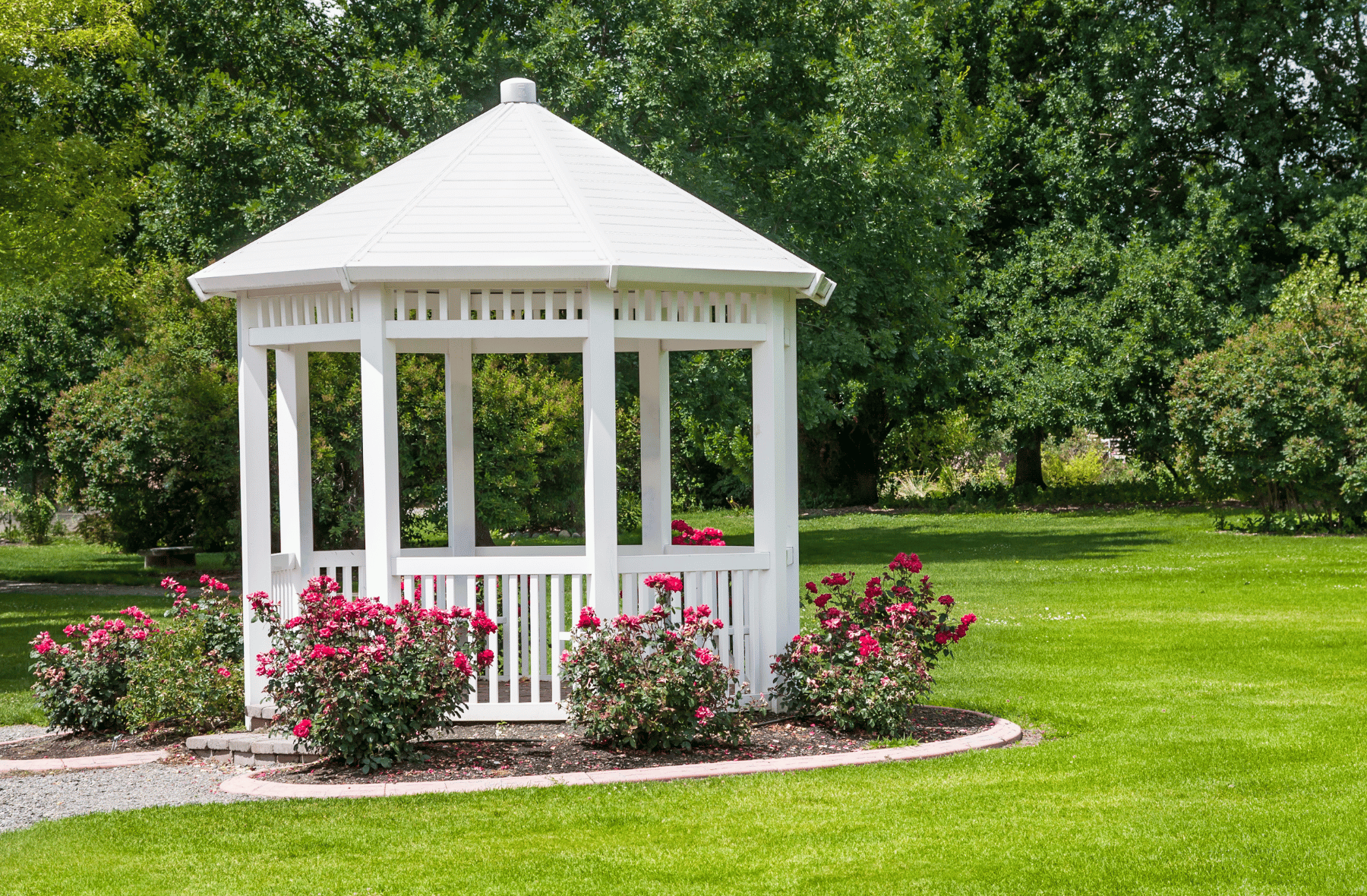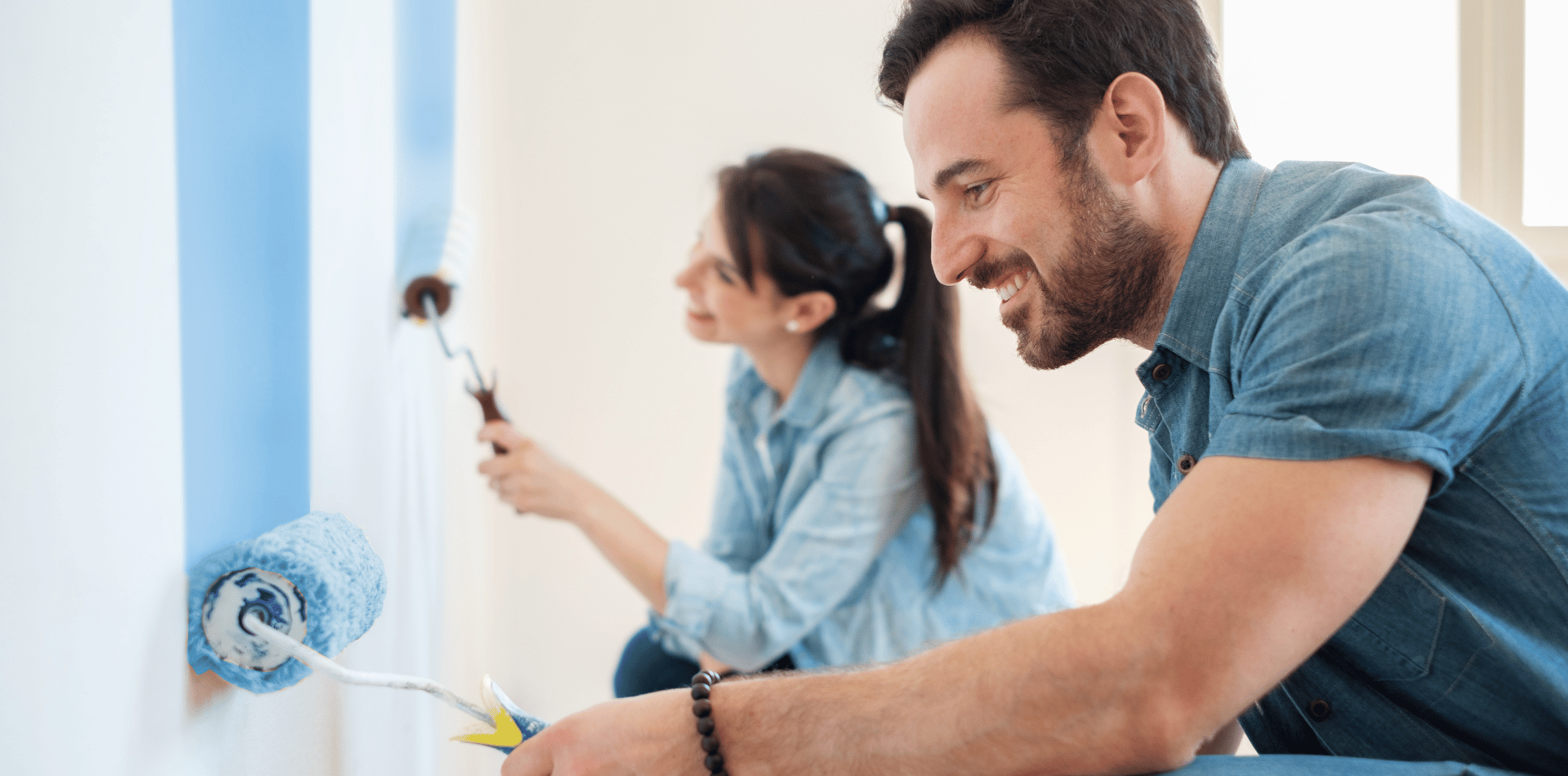What is Wallpaper Booking?

Wallpapering your home can transform any room, giving it a fresh and unique appearance.
However, one crucial step that often goes overlooked in the process is "wallpaper booking." This technique is vital for achieving a flawless finish, ensuring that the wallpaper adheres smoothly and evenly to your walls. Understanding how to properly book wallpaper can be the difference between a professional-looking job and one that shows all the beginner mistakes.
Let's explore what wallpaper booking is, guide you through the necessary steps, and provide tips to help you master this important skill.
What is Wallpaper Booking?
Wallpaper booking is an essential step in the wallpapering process, involving folding the wallpaper onto itself, paste side in, after the adhesive has been applied.
This practice serves several important functions:
- Even Absorption: It allows the adhesive to evenly soak into the wallpaper, which is crucial for a smooth application. This even absorption prevents air bubbles and ensures the paste activates properly.
- Expansion: Most wallpapers expand slightly when wet. Booking lets the wallpaper expand before it's placed on the wall, reducing the risk of misalignments or creases once applied.
- Workability: It makes the wallpaper more pliable and easier to handle, reducing the chances of tearing or stretching as you apply it to the wall.
- Time Management: While the wallpaper is booked, you can prepare the next strip or attend to aligning and smoothing the already placed strips without rushing, leading to a more controlled application process.
By incorporating booking into your wallpapering project, you not only make the installation easier but also enhance the final appearance and longevity of your wall coverings.
Steps to Properly Book Wallpaper
Booking wallpaper may seem daunting at first, but by following these simple steps, you can ensure a professional finish:
- Measure and Cut: Start by measuring the height of your wall and adding a few inches to both the top and bottom for trimming. Cut your wallpaper strips according to these measurements.
- Apply Paste: Lay the strip face down on a clean, flat surface. Using a paste brush or roller, apply a uniform layer of adhesive over the entire back surface of the wallpaper. Be sure to reach the edges without over-saturating the paper.
- Fold the Ends: Gently fold both ends of the wallpaper strip towards the middle, paste sides together, without creasing them. The bottom end should be folded up to just over halfway, and the top end should be folded down to meet it, leaving a small gap between the folds to prevent the paste from sticking.
- Booking Time: Let the wallpaper sit for the amount of time recommended by the wallpaper manufacturer, usually between 3 to 5 minutes. This waiting period is crucial as it allows the adhesive to fully activate and the paper to expand accordingly.
- Handling: After the booking time, carry the wallpaper to the wall carefully. The paper will be more pliable and easier to handle without dripping excess paste.
- Application: Start applying from the top, aligning the wallpaper with the wall or ceiling line. Smooth the paper onto the wall from the center outward, using a smoothing brush or a plastic smoother to eliminate air bubbles and ensure good adhesion.
Tips for Effective Booking
- Consistency is Key: Apply a consistent amount of paste to avoid dry spots and overly saturated areas. Uneven paste application can lead to poor adhesion and visible imperfections.
- Avoid Creasing: When folding, be gentle to avoid creasing the paper. Creases can be difficult to smooth out once the wallpaper is on the wall.
- Check the Match: For patterned wallpapers, ensure that the pattern matches at the seams before booking. Adjustments should be made before the paste is applied.
- Clean as You Go: Keep a clean, damp sponge handy to wipe off any excess paste from the wallpaper surface and your hands. This prevents smudging and keeps the workspace tidy.
By following these steps and tips, you'll be well on your way to mastering the art of wallpaper booking, leading to a smoother and more professional wallpaper installation.
Wallpaper booking is a simple yet crucial part of the wallpapering process. Taking the time to properly book your wallpaper not only facilitates easier application but also results in a seamless and durable finish. Whether you're a DIY enthusiast or a professional decorator, mastering this technique will undoubtedly elevate the quality of your wallpapering projects.
So, grab your supplies, and let's make those walls beautiful!
Booking Pre-glued Wallpaper
• Fill a water tray 2/3 full with water at room temperature.
• Roll the cut strip from bottom to top, paste side out (you should not see the pattern).
• Submerge rolled strip into the water tray.
• Soak for the amount of time recommended in the manufacturer’s hanging instructions, usually 30 seconds*.
• Slowly lift and unroll the paper onto a work table, making sure the paste is completely wet.
• Gently fold both ends, paste side in, towards the center of the strip, without creasing the folds.
This is known as "booking"*. You should see the pattern.
• Let the strip rest for the amount of time recommended in the manufacturer’s hanging instructions, usually about 2-5 minutes.
IMPORTANT:
For Fine Décor prepasted wallpaper, refer to packaging for exact soak times (usually between 5-10 seconds).
Fine Décor prepasted wallpaper does not require booking.
Booking Unpasted Wallpaper
If needed, mix the paste according to the manufacturer's instructions.
• Lay the strip of wallpaper or mural face down on a clean work surface.
• Brush paste on to the top half of the strip. Gently fold that section back to meet the middle.
• Brush paste on the remaining half of the strip. Fold the bottom end in to meet the middle.
• Allow the paper to rest in this "booked" position for 10 minutes.




